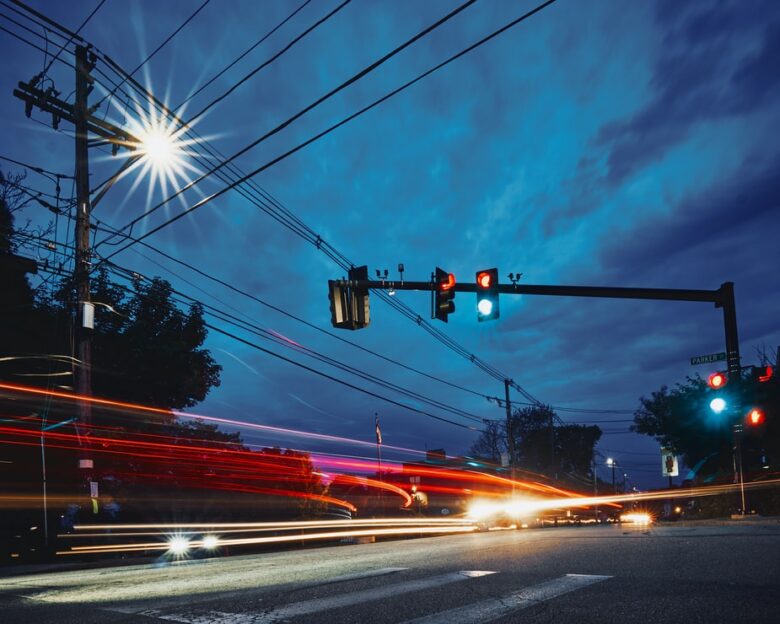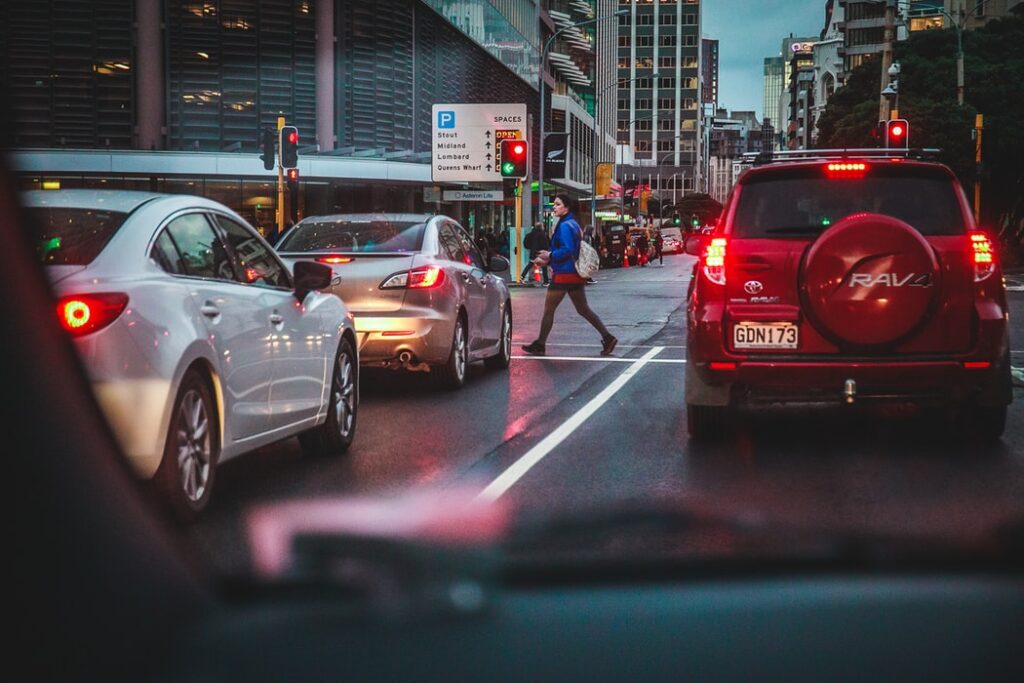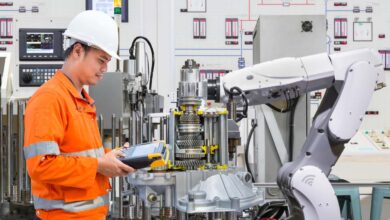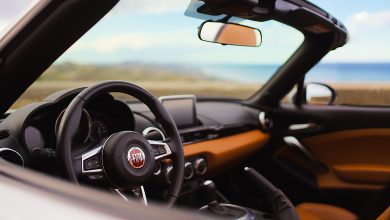
The Latest Technologies To Make Road Travel Safer For Everyone
Making the roads safer has always been a joint problem between city planners and car manufacturers alike. Road accidents claim around 1.35 million lives annually, according to the Association for Safe International Road Travel. Since the roads are shared between private vehicles, public transport, freight, cyclists, and pedestrians, it’s difficult to come up with a single sweeping solution that will eliminate accidents for good. But fortunately, numerous technologies have been arising that, in conjunction, could potentially achieve that goal. These innovations touch upon everything from vehicle maintenance to city planning and advanced data analytics.
Road condition alert network

Harsh traffic conditions can be one of the most unpleasant surprises you can come upon while on the road. Both commuters and pedestrians alike stand to be inconvenienced by issues like congestion, accidents, potholes and roadwork. Hence, there’s a clear need to forewarn people about incoming obstacles and changing road conditions. This can be effectively performed by a robust network-driven alert system. Between a vast network of sensors and constant user input, everyone can access vital data that will allow them to travel as efficiently as possible, virtually removing the issues presented by a changing road landscape.
Auto manufacturers like General Motors and Toyota are investing heavily in such alert networks in order to enhance the utility of their products. Leading road travel innovation in such a way gets them in on the ground floor of this tech, as well as credits them for being one of the pioneers of network-optimized transport. Such technologies would take a form similar to map applications, but updated with real-time data on hazards and obstacles.
Enhanced crosswalk setups

With an estimated 10 lethal crosswalk accidents per week, pedestrian safety is a grave concern among US city planners. Several major cities have already put plans to improve protections for pedestrians in motion. A particularly salient example can be seen in the city of Burnsville, Minnesota. The city opted for a comprehensive system that primarily relies on Rectangular Rapid Flashing Beacons (RRFBs) to notify both pedestrians and drivers of incoming hazards, ensuring that both groups proceed more cautiously in critical areas. Signs instruct pedestrians to press the RRFB button when they intend to cross, thereby starting the asynchronous, eye-catching flashing of the beacons. This guidance system lessens the damage that carelessness can cause, and helps drivers avoid the need to Google such queries as “what happens if I hit a pedestrian?” a minute too late to make any difference.
Aside from attention-grabbing beacons, the system fielded by Burnsville also employs several accompanying features. This includes stop bars and flashers embedded in the pavement, to give motorists sufficient forewarning that they’re about to drive through a pedestrian crossing. For good measure, advance pedestrian crossing signs were also set up ahead of the crossing, both on the right side of the roadway and on the median. Initial testing showed that 82 percent of pedestrians pressed the button, and that 96 percent of vehicles observed proper conduct around these enhanced crosswalks. As johnsongarcialaw.com explains, many states have rules to protect pedestrians and give them right of way, but they should still do what they can to be mindful of oncoming traffic and safely utilize sidewalks and crossings.
Road travel telematics

Building off of alert networks, telematics can provide constant monitoring of driver behavior and activity in order to preempt accidents. This is especially useful in stopping truck-related injuries. This is becoming an increasingly pressing concern as logistics becomes a lot more vital to keep commerce alive. Since 2009, fatal truck accidents have increased by 52 percent. With telematics, we can obtain data surrounding such events, such as vehicle condition, speed, and location. Data logging devices such as trackers and sensors communicating with the cloud can facilitate this, to be further enhanced by the growing Internet of Things. This information can be used when applying mitigation measures or attributed to logistics companies or individual drivers to hold them accountable for their performance.
Telecommunications companies like Verizon are spearheading the development of such tech in order to bring more quality services to their subscribers. The primary advantage offered by telematics is the ability to detect accidents as they are about to happen, by looking for signs such as poor road habits or negligence in vehicle maintenance. This allows for the immediate addressing of critical issues, the establishment of safety targets, and the penalizing of those who refuse to improve. In the event that it isn’t the operators’ fault, product reports on faulty equipment can be immediately generated to present to the manufacturers. Everyone stands to benefit from this technology, from commuters and commercial vehicles to pedestrians and cyclists. This is because it delivers much-needed information to solve problems without having to conduct costly and time-consuming studies.
In-depth vehicle health monitoring

Similar to telematics, but with a much tighter and more detailed scope. In-depth monitoring of vehicle health can give us a more intimate look into their inner workings, to ensure that they are at maximum road-worthiness at all times. Vehicles are complex machines with several thousand moving parts. That’s several thousand things that can go awry, and that’s just in the drivetrain. You also have to account for the health of the engine, tires, and peripherals such as turn signals and headlights.
This is the problem active vehicle health monitoring seeks to solve. This category of technologies will make it so that every single element that goes into a vehicle’s operation is constantly tracked. A natural evolution of vehicle diagnostics, this cuts out the guesswork and the need to decode diagnostic signatures in order to find out what’s wrong with your vehicle, and so be able to address it directly. This even includes monitors that observe the health of the drivers themselves, preempting road accidents that may arise from sudden incapacitation, and expedite the dispatching of healthcare services to their position.
These technologies don’t cover all the bases required to guarantee maximum road safety, as it truly is a multi-faceted problem. However, they serve as a good look at what’s being prioritized in research and development right now, based on how well initial tests have turned out.




